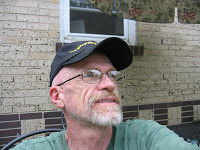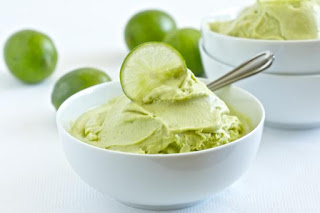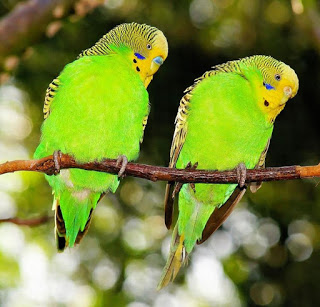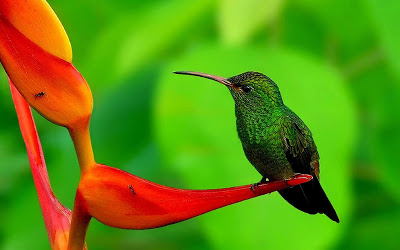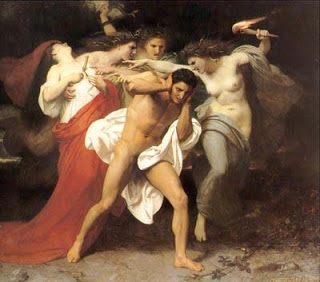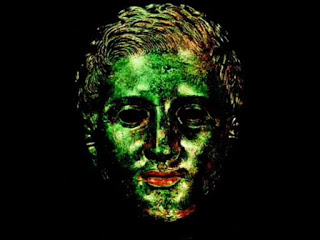What wild creature is more accessible to our eyes and ears, as close to us and everyone in the world, as universal as a bird?
I have always loved birds. I love their colors: their grace: their amusing antics: and , in many but not all cases, their melodious voices. I love the effortless way they ride the airwaves. I love the way they cock their heads to look at me through curious little black eyes.
I first learned to appreciate them, and many other things in our natural world, through my aunt and my mother. Then in elementary school I learned to identify a dozen or so of the most common local birds from pictures. From there we progressed to coloring in outline shapes of these same birds, and thence to drawing them ourselves freehand and then adding crayon or paint. I am happy to say that none of my efforts have survived, as I’m sure my attempts were pretty dismal. But never mind – I learned so much from trying.
I don’t know the details of the current British Elementary School System, but I seriously doubt that bird identification looms large. In my day, before the advent of TV and expensive trips to distant places, with little more than the occasional radio program or book to divert us, I think we paid, and were expected to pay, much closer attention to the world immediately around us.
Anyway, between family and school, I formed an early fascination with birds. Somewhere along the lines my parents gave me a bird book for Xmas, and I began trying to identify some of the rarer birds I was not so familiar with. I kept this up for most of my life, always taking a bird book with me on vacations and even on business trips. The birds don’t care why I’m there, after all. I was never quite sufficiently serious to succumb to the tyranny of that ‘Life List’ which all ‘real’ birders carry. Some of them become utterly obsessive to the extent of making special trips to likely places at likely times to see the birds without a triumphant X beside their names on ‘The List’. They go out at four in the morning in the pouring rain, accompanied by cloud of excited mosquitoes, in the hope of glimpsing the Crested Weewee so they can legitimately add that definitive X. No! I’m never going to be one of them. If I had a Life List I’d most likely cheat, anyway. I’d open one eye at the crack of dawn, see rain streaming down the window and imagine all those mosquito bites and snuggle back under the blankets. ‘Let’s not and say we did,’ I would shrug to myself, and probably put down a big firm X regardless. Or, on the search for the rare Lesser Spotted Peterpecker I would claim the sighting while knowing full well that in fact I had seen the much commoner Greater Spotted Pussygrabber.
I did go as far as trying to photograph an unfamiliar bird and check it out in the bird book when I eventually got the photos developed, but really! Can you even remember what it was like before zoom lenses? To snap a tiny bird with an old Box Brownie you’d have to be about two feet away and glue its feet to the branch! With a zoom lens chances were better, but still I wasted a fortune on blurry shots and/or too many versions of the same bird because I wouldn’t know until days or weeks later whether the previous dozen shots were any good.
Then along came the true gift to all photography, digital cameras. At first I admit I was a bit obsessive, snapping away at every bird I saw. But, you know, it was almost too easy! So I took to photographing birds in flight; much more challenging but still relatively easy with a good camera. After all, it only takes one good shot. The other fifty cost nothing and just go in the trash. And that’s the digital trash, of course, so I no longer even end up with a plastic bag full of 4 x 6 visions of blurry flapping wings or, more often, an empty sky.
My next obsession was with online printing. I found discounts for wall-size prints, prints on metal, on glass, on wood, and made to look like paintings. I gave gifts of them until everyone cringed and no-one chose mine in any gift exchange. I covered the walls of our house with them until my poor Beautiful Betsy howled enough!
Then I turned to digital photo books, which I devoted not entirely to birds but they usually featured prominently. These books greatly thrilled me at first but now languish under dust in the bookcase, rarely opened.
Finally, I am free! Free to enjoy birds as I once did. I still look up the occasional one in the bird book, but mostly I don’t bother because I shall immediately forget what it was, anyway. I simply enjoy the sight and sound of them. I watch in delight as the magpies play their silly games with the squirrels, as the chickadees flit so effortlessly from branch to branch, as the seabirds soar. I listen with joy to the trill of the robins and finches as they greet the spring. I am no longer driven to do anything more. Sometimes, growing older can be such a blessing!
© January 2018
About the Author
I was born and raised in England. After graduation from college there, I moved to the U.S. and, having discovered Colorado, never left. I have lived in the Denver-Boulder area since 1965, working for 30 years at IBM. I married, raised four stepchildren, then got divorced after finally, in my forties, accepting myself as a lesbian. I have been with my wonderful partner Betsy for thirty years. We have been married since 2013.

